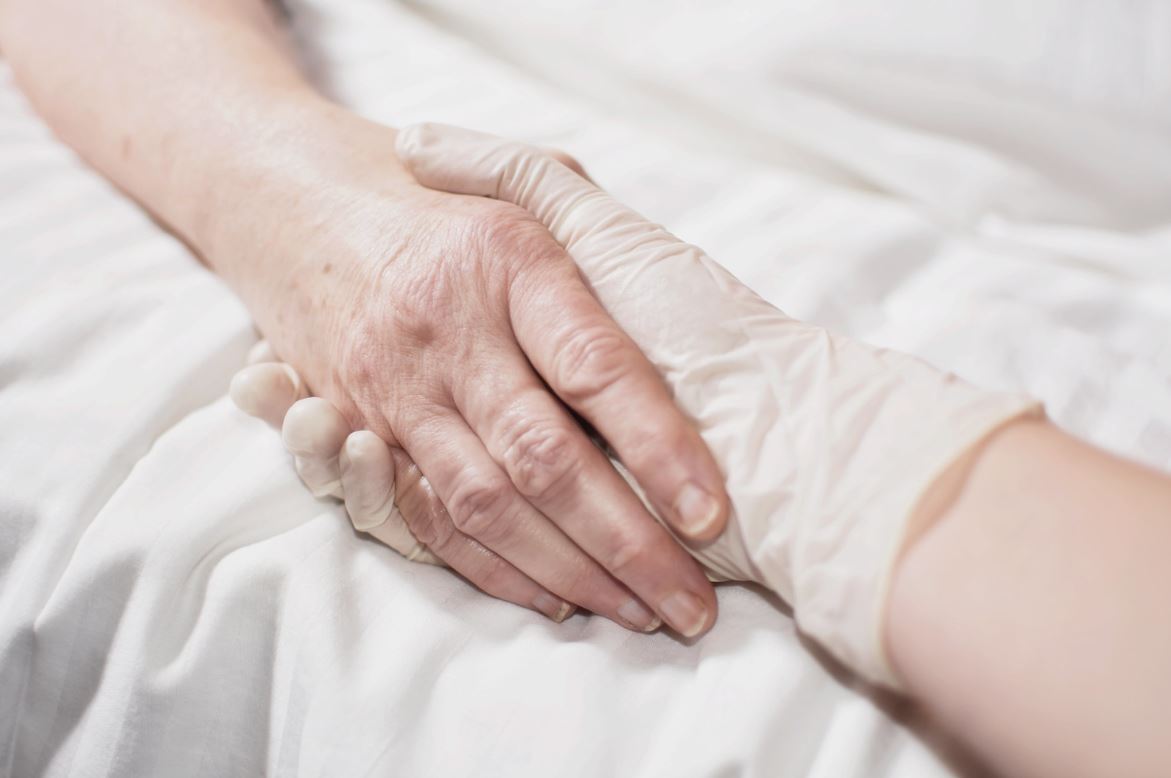Dealing with the death of a loved one is hard at any time of year, but especially at the holidays. Having lost a couple of close relatives on and around Christmas, I know this full well. I can only imagine what it must be like to go through seasonal celebrations having just lost a loved one to their own hands.
That’s what makes articles like “The Personal Toll of Photographing a Story About Euthanasia” so saddening.
We live in a world of images – images that are intended to make statements or send political messages. That’s likely why The New York Times sent Lynsey Addario to Belgium to photograph the euthanasia process of Marieke Vervoort, a decorated Paralympic athlete.
Two things struck me as I read the story. The first was that, despite Vervoort’s determination to end her life on her own timetable, she had a hard time actually bringing herself to do it. Oh, she enjoyed planning it – “She wanted to be surrounded by a handful of close friends and her parents in her bedroom in Diest when she was administered the lethal injection,” writes Addario – but she bypassed three of her set dates for the deed.
This delay caused Addario to grow increasingly close to her assigned photography subject, so much so, that she was a grieving member of the group who finally watched Vervoort’s life end. It is this fact that plays into my second observation: Vervoort’s death was anything but easy for her loved ones, as evidenced by the image of Vervoort’s family waiting outside her room “while Marieke is prepared for euthanasia.” Her parents embrace, grieving, while another mourner stands with a pained expression on her face, anticipating what was coming:
Marieke’s parents, Jos and Odette, sat at the foot of the bed, and everyone reluctantly took their places around her, forming a human cocoon. Her doctors alternated trips to her bedside, emptying fat syringes full of the barbiturate Thiobarbital into an IV line into her neck. Her parents sat before her. Every few minutes, her father looked away. Her longtime psychologist held her wrist.
The people in her bedroom that evening began to whimper and eventually sob, as the color drained from Marieke’s face and her lips turned blue.
The New York Times article attempts to portray Vervoort’s assisted suicide as a difficult, but brave, decision. That it was difficult comes through loud and clear, perhaps more so than intended. But brave? That’s hard to believe. Judging from the pictures, it almost seems as though Vervoort put her family – and herself – through more agony than they would have experienced through her natural death.
C.S. Lewis offers an explanation of why this is so in his book, The Problem of Pain. In essence, the one choosing to die fails to take the needs of those left behind into consideration:
We call human love selfish when it satisfies its own needs at the expense of the object’s needs — as when a father keeps at home, because he cannot bear to relinquish their society, children who ought, in their own interests, to be put out into the world. The situation implies a need or passion on the part of the lover, an incompatible need on the part of the beloved, and the lover’s disregard or culpable ignorance of the beloved’s need.
As Lewis explains in another passage, the one choosing to die also fails to fully consider his own needs and opportunities, namely, the opportunity to grow and develop through suffering:
I have seen great beauty of spirit in some who were great sufferers. I have seen men, for the most part, grow better not worse with advancing years, and I have seen the last illness produce treasures of fortitude and meekness from most unpromising subjects. I see in loved and revered historical figures, such as Johnson and Cowper, traits which might scarcely have been tolerable if the men had been happier. If the world is indeed a ‘vale of soul making’ it seems on the whole to be doing its work.
Discouragement and pain are very real parts of life, and with the chaotic world we live in, it’s easy for these elements to feel like they are too much to bear. Perhaps that is one reason suicide rates – both assisted and unassisted – are on the rise, leaving grieving relatives in their wake.
But as Lewis explains, avoiding suffering is the easy way out. Embracing it, learning from it, enduring it, benefits not only those we love, but ourselves as well.
—
[Image Credit: Flickr-Alberto Biscalchin, CC BY-SA 2.0]
















Leave a Comment
Your email address will not be published. Required fields are marked with *